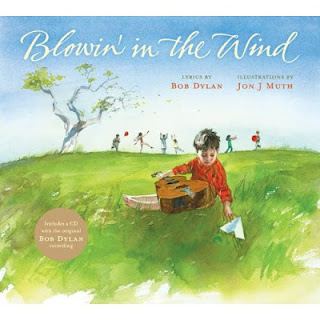 |
| Mungalli Creek Dairies ~ North Queensland, Australia |
To help support Aussie industry and encourage us all to choose locally grown and made, we recently asked our Biome blog and Facebook followers to share their favourite Australian-made products. Here's a compilation of their suggestions to look out for next time you are shopping.* Please feel free to share your favourites in the comments.
Food
Alexandrina Cheese Company
Angelica Organic Farm: Australian Certified Organic garlic - seasonally available.
Barambah Organics: Certified organic dairy products made on the NSW/QLD border.
B.-d. Farm Paris Creek: Organic & biodynamic dairy products.
Buderim Ginger: Ginger products.
Bundaberg: Brewed drinks.
Cafe 26: Dressings, sauces & marinades.
Carmans Kitchen: Muesli products.
Chocolatier
Daintree Estates: Chocolate made from cocoa grown in Australia.
“Daintree Tea. One of the nicest teas I have tasted and anyone who comes to my place and has a cup of tea has commented...grown without the use of insecticides or fungicides.” Sharyn W, via FB
Darrell Lee
Dick Smith Foods
five:am: Certified organic flavoured yoghurts.
Fountain Sauces
 |
| Green Grove organic licorice ~ Junee, New South Wales |
Green Grove Organics: Certified organic chocolate and licorice.
Haigh’s Chocolates
Highland Organics: Organic dairy products.
Hightree Estates: Organic coffee from northern NSW.
Kenilworth Country Foods: Gourmet dairy products.
Koko Black: Chocolates.
Kurrajong Kitchens: Lavosh made in NSW.
Loving Earth: Raw chocolate and other raw foods.
Maleny Dairies: Cow and goats milk, Queensland.
Melinda’s Gluten Free Goodies
Meredith Dairy: Handmade goat and sheep dairy products.
Mungalli Creek Dairy: Biodynamic milk, yoghurt and cheese made in North QLD.
Nudie: Juices and smoothies.
Outback Spirit: Chutney, preserves, sauces, dressings, and herbs.
“We love...Oz Tukka for their amazing range of authentic blends and easy to use products.” Theresa W, via FB
Pana Chocolate
Queensland Yoghurt Company
Table of Plenty: Spices, cereals, snacks and breads.
Vanilla Australia
Yarra Valley Dairy
Yummabubba: Brisbane-based home-style baby food.
Bathroom cabinet (skin, body & hair care)
A'kin
Aesop
Aura
Beauty and the Bees
Cleopatra's Bath Milk
 |
| Corrynne's Soaps ~ Dunsborough, Western Australia |
“I love Corrynne's Eco Soap - orange, patchouli, clay and red ochre! Love the natural scent on my body, and look forward to having a shower especially in the warm summer! The scent gives a very relaxing and soothing effect...best of all it is made of natural ingredients! Love me, love my skin and love nature! A must have, must buy!!!” Lorraine K, via FB
Davroe
De Lorenzo
Eco Tan
Gaia
“I love the Jack ‘n Jill Natural Calendula Toothpaste Raspberry Flavour that I just bought for my toddler! It is natural product, best for toddler, and amazingly the toothpaste is safe to swallow...which I hardly can find other products in the shelf!” Yew J F, via FB
Kosmea
Jurlique
MooGoo
Sukin
Cleaning supplies
“Clean Conscience cleaning products from fabulous Tasmania....ethical, vegan, environmentally sound and they smell great (plus they get the cleaning done really fast)!!!” Fiona L, via FB
EucoClean
"Discovered Kin-Kin Naturals recently. Being super sensitive to chemicals, was delighted that their wonderful range - dishwash, laundry liquid, oxy-bleach - did not give me any skin reaction. I am actively supportive of locally grown businesses also, especially eco-conscious ones!! ps. their products smell wonderful too.” Sharon L, via FB
Orange Power
Planet Ark
Thursday Plantation
Tri Nature
Lifestyle products
“I love my Keep Cup. Reusable, and no polystyrene after-taste.” Pauline O, via FB
Driza-Bone
Inky Co.
Lambykins: Australia merino products.
Master & Miss: Organic childrens clothing designed and made in Australia.
Pure Pod: Australian made sustainable womens fashion.
St Albans Mohair and alpaca products.
If you loved this list, check out the products made in Australia from Biome.
*While we have done our best to confirm that these companies produce their products in Australia, please check for yourself and let us know if we need to update our information.


































